
Harmonica Positions
First, second and third positions - what are they, where are they, when to play them and how to figure them out
Learn Why, When, Where and How to play in different positions on the harmonica
Lesson Info
Difficulty: It can be difficult to get your head around and might take a couple viewings.
Lesson Length: 19:14
Instructor: George Goodman
Recommended Gear
Takamine EG541SC
I am playing my black tak in this one.
This is a Takamine G Series EG541SC bought in North Carolina when I was playing in a band called Double Take.
Specs:
Top - Solid Spruce
Back - Nato
Sides - Nato
Finger Board - Rosewood
Electronics - TK40
Finish - Gloss Black
Check out more Takamine G Series Guitars
The C harmonica is required in this one.
A C harmonica is the first one you need to follow along with the lessons on the site. I often play a Hohner Special 20 Harmonica in the key of C through a Shure Green Bullet microphone Model 5200 and Fender Super Champ amplifier
The Hohner Harmonica Neck Holder fits harmonicas up to 7-1/2" long.
With a long-lasting nickel-plated finish, this harmonica rack is adjustable and fits any neck shape.
Help File
Video Transcription
All right, George here for harpnguitar.com, the website that helps you sound great on guitar and harmonica and today we're going to be talking about playing in different positions on harmonica.
So I've gotten emails about this and what's first position, what’s second position, Goodman what are you talking about?
We're going to go through it and take a high level look because we can get deep into it and talk about changing key signatures, flattening sevenths, going around the circle of fifths and playing in different modes – Ionian, Mixolydian, Dorian.
But we don't want to do that for this one, maybe in another video but here we're going to take a high level approach to what is playing in positions.
Off the top, I played three different segments of three different styles of songs in three different keys all on the same harmonica.
We have a C harmonica and I played Catch the Wind, the Donovan folk song in C. Then I played an excerpt of Stevie Ray Vaughan's Cold Shot and that was in a G Blues and then I played a little Santana Black Magic Woman and that's in D minor. These are different keys, different styles of songs and we played them in different positions. That's the only way we can do it to play it on one harmonica.
So let's get to it. We're going to look at three positions; we can go further but we're going to stick with our three main positions.
First Position
Let's start with first position where the harmonica key matches the key of the song. Catch the Wind is a folk song in a major key. That tells us, when we're playing a folk song like a Donovan or a Dylan maybe or maybe a Neil Young song in a major key we want to be playing in first position. We want our harmonica key to match the key of the song. Catch the Wind is in C major and we're going to use our C harmonica.
That's first position. That's called playing straight.
When we're playing first position C major is the I (one) major chord; the chord that's built off the first note of the C major scale produced on the harmonica by blowing, anywhere.
First position can be thought of as a ‘blow’ position. We're going to be mostly blowing anytime we're playing that C chord. The melody notes are pretty much going to be a note in that chord – C, E or G. The melody may have other passing tones but primarily the melody notes are going to be notes in that chord and are going to be blow notes. So when we're in first position, if you look at the tabs for Catch the Wind, they're mostly blowing.
Each of these positions concentrates on different areas of the harmonica. What we want to be able to do is produce the predominant chord. In first position, blowing produces the predominant chord.
On a C harmonica, the root note is C, which is going to be our main note or tonal center. That's blow four. It's also blow one, blow seven and below ten but we start our major scale at blow four.
4 -4 5 -5 6 -6 -7 7
That's the major scale. A lot of the melody is just going to be in that area, blow four being the note C so that can be thought of as home. That area of the harmonica is our first position area, mostly blowing between four and seven. We can go higher, we can go lower but that's our main area for first position. Most of our tabs are going to be in that area and they're mostly going to be blowing.
First position is good for folk and pop songs that are in a major key with a nice bright melody.
Second Position
The second song I did was Stevie Ray Vaughan's Cold Shot in G - not the key that he played it in but that's the key I play it in. This works on a C harmonica. That's second position and that's good for blues or you know, rock with a blues feel.
So how do we get there?
Go up a fifth - up five notes counting our root note - from where we are in first position – C D E F G. Going up a fifth puts us in second position where we're going to still use our C harmonica but we're going to focus in around this G note and this is at draw 2.
Just as blow 4 is our home spot for first position, draw 2 is our home spot in second.
As I said, what we want to do when we go to these different positions is we want to be able to make the chord of that key. So when we're in first position, yeah, we want to be able to make C major but here we're going to second position and we do it because we want to play this bluesy stuff. We want to be able to make a G7 chord which is the I chord when we're in a blues kind of setting in second position. We want to be able to make this on our harmonica. If we can't do it on this harmonica then this harmonic is not good for what we want to do.
But we can make a G7: -2 -3 -4 -5
That’s great, that's what we want. Notice that everything is a draw note. We are going from the blow position in first position to a draw scenario in second position where mostly second position is draw and the area of the harmonica we tend to be is down at the low end.
2nd position is good for this blues stuff because we make this dominant 7th chord. Also, because we're drawing we can do these draw bends down at the bottom end of the harmonica that give us notes in our blues scale:
-2bb -2 -3b 4 -4b -4 -5 6
That's what we want to do second position for - we want to play blues, we want to be able to play this blue scale stuff, rock and some country with a rock or bluesy feel.
To get from first position to second position we go up a fifth. This is what we do when we go to different positions, we go up a fifth.
Third Position
Let's go up another fifth starting at G – G A B C D.
D is going to be third position but we're not D major. We went from first position C major to a second position G dominant seventh blues kind of thing and now we're going to go to third position D but this is minor.
Black Magic Woman is in the key of D minor. The only reason we'd be playing a harmonica in a particular key is because we want to be able to make that chord and we can on our C harmonica at:
-4 -5 -6 7 -8 -9 -10 10
Third position is great for minor songs so if you've got a song that's in a minor key you'll want to go to third position on your harmonica. This is also mostly a draw position.
Quick Review
Use first position for pop and folk songs in a major key.
Use second position for blues, rock, country rock and music with a bluesy sound.
Use third position for songs in a minor key.
To go from first position to second position, go up a fifth. To go to third position, go up a fifth again or note that our third position key is the second note in the harmonica key, in this case D.
C is first position
G is second position
D is third position
A fifth above our key gets us to second position. One step above our key would get us to third position. Makes sense? I hope so.
Let’s figure some stuff out here on different harmonicas. Let's swap out the C harmonica for a harmonica in G.
A G harmonica is great for pop tunes and folk songs in the key of G playing in first position.
To get to second position, go up a fifth: G A B C D. D is our second position key on a G harmonica and is good for blues songs in D7.
Third position is another fifth: D E F# G A or a step above our harmonica key G – A.
A G harmonica is good for songs in A minor played in third position.
I hope that all makes sense. If you have any questions leave them in the comment section below. Right on.
Things To Note
This was recorded in Qualicum Beach, British Columbia in January 2021.
Join the conversation - Let me know how it goes - Leave a message below.
Right on. See you in the next one.
Peace,
George
5 Pack Case of Hohner Special 20s
What do I like about the Special 20s?
Great Sound, Smooth Comb, Responsive to Bending - but not loose, Affordable. I play Special 20s more than any other model.
Martin Acoustic Guitar Strings
If it's been a while since you've changed your strings, you won't believe the difference in the sound. These are some excellent Martin strings. Need I say more? Totally affordable.
Hohner Harmonica Holder
The Hohner Harmonica Neck Holder fits harmonicas up to 7-1/2" long, has a nickel plated finish and fits any neck shape.
I have used a similar holder for over 25 years. This no-nonsense holder will work for you.

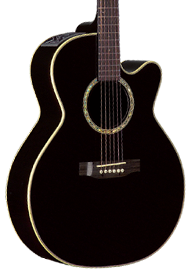
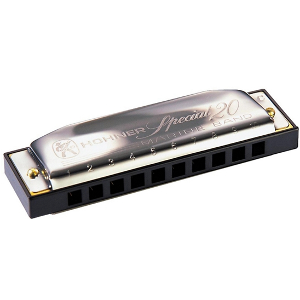
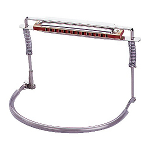
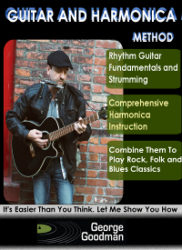
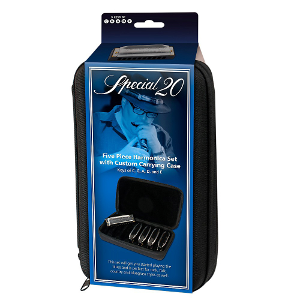
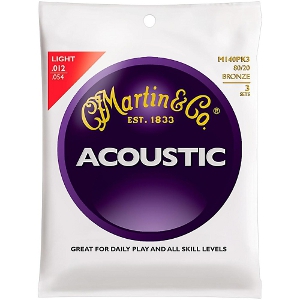
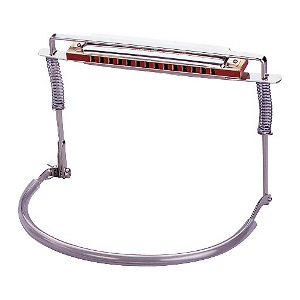
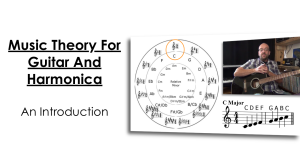


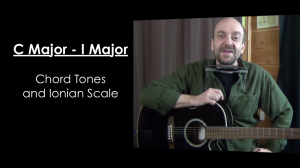
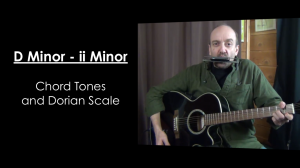
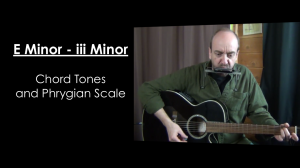


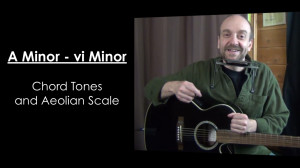
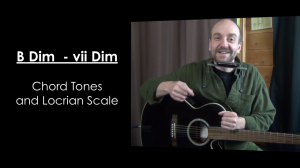






Hey George,
love the lesson. I noticed you have a quick change harmonica holder. would you mind sharing the info to purchase one like that.
I’m still using the traditional spring loaded holder and it can be a pain when trying to change .
Regards
Bernie N
Hi Bernie. I’m using a HarpArm Flex Pro. They are out of business so I don’t know where you can get one.
It uses a magnet to hold the harp in place so you may be able to modify what you have.
Thanks,
George
Hi George./,
A great lesson and overview that gives clarity. I am relatively new to the harp but even so I never understood the how and why. So many other sites seem to overlook this vital point in one`s journey into playing the harp and the guitar. Really enjoying your lessons as I work through them
Hi Andre,
I agree that the theory of the harmonica is overlooked.
Being relatively new to the harp and now having this information puts you miles ahead of many more experienced players.
Peace,
George
Good stuff George…loved the playing at the beginning!